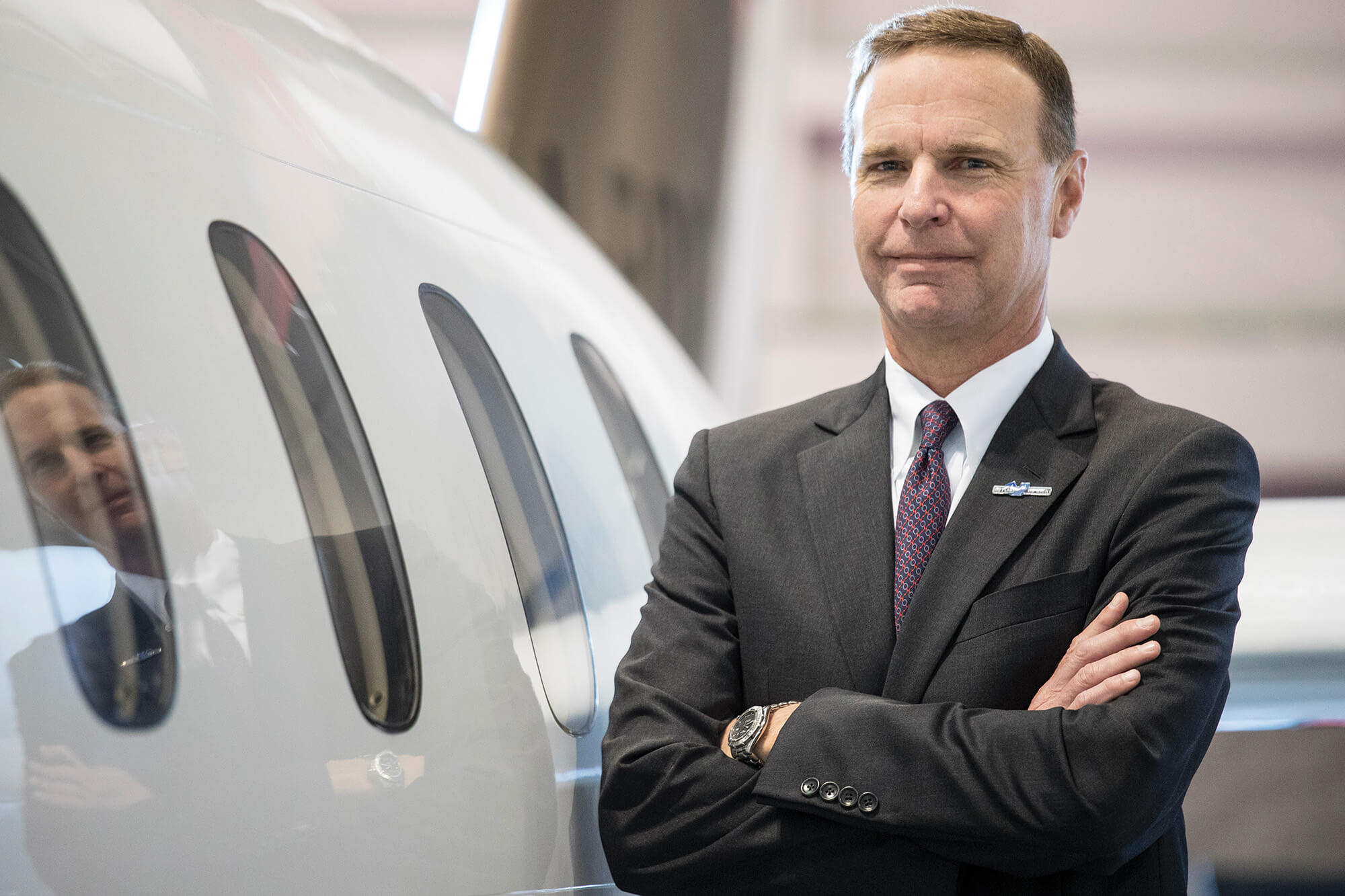
New technologies are poised to take our industry to new heights, and NBAA has helped move many of them forward.
Aug. 28, 2019

In the 100-plus years since man first slipped the surly bonds of earth, aviation has transformed our world, providing travelers with unparalleled mobility, creating millions of jobs, enabling global economic growth and bringing people together.
Business aviation has played an important role in this revolution by providing safe, secure, flexible and efficient on-demand transportation. In fact, business aviation has led the way by being an early adopter of leading-edge technologies that not only have increased safety and efficiency, but have reduced the industry’s already small environmental footprint.
Today, numerous new technologies are poised to take our industry to new heights, and NBAA has helped move many of them forward.
For example, efforts to introduce sustainable alternative jet fuels (SAJF) achieved a milestone in January, when SAJF-fueled business aircraft conducted demo flights at Van Nuys Airport, making it the first U.S. general aviation field to offer the environmentally friendly fuel on a trial basis.
The first SAJF demo at a European business aviation airport followed in May at Farnborough, England. Days later, a record-breaking 23 SAJF-powered aircraft arrived at the European Business Aviation Convention & Exhibition in Geneva, Switzerland.
NBAA was part of a coalition of groups that helped stage these events.
Another emerging technology that promises to take business aviation to a whole new level is unmanned aircraft systems (UAS). For years, NBAA has been working with regulators and other stakeholders to take steps – including setting up a low-altitude air traffic management system – to unleash the full potential of UAS, while ensuring the safety of manned aircraft and people on the ground.
This new traffic management system will be adapted to accommodate electric-powered vertical takeoff and landing aircraft, including urban air mobility vehicles that eventually will fly passengers autonomously.
Other new technologies – from super-sonic aircraft to artificial intelligence
– promise to reshape aviation in the coming years. Given our community’s penchant for innovation, I have no doubt that business aviation will thrive in this high-tech environment. And NBAA will continue to champion business aviation as technology marches inexorably forward.


 International Business Aviation Council Ltd.
International Business Aviation Council Ltd.